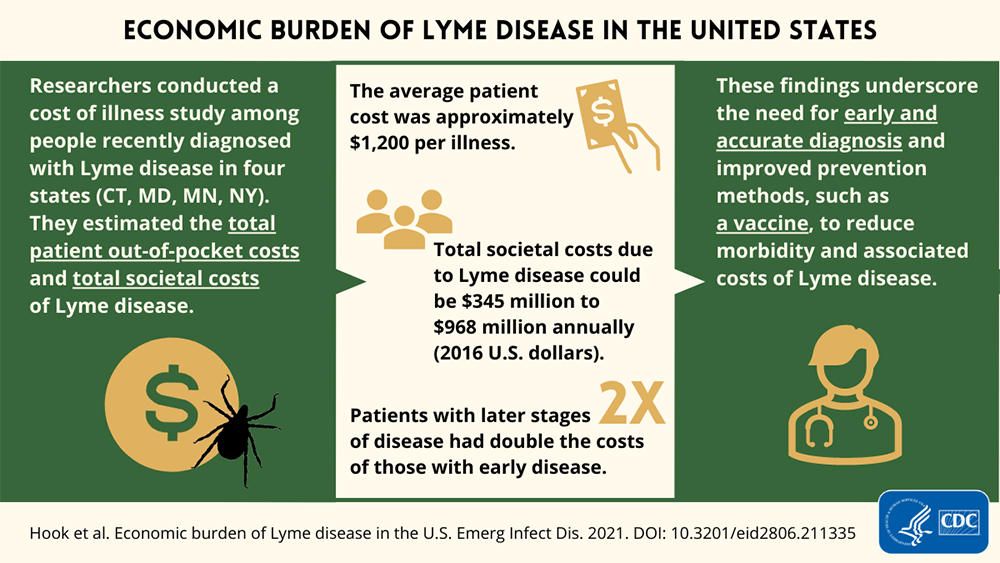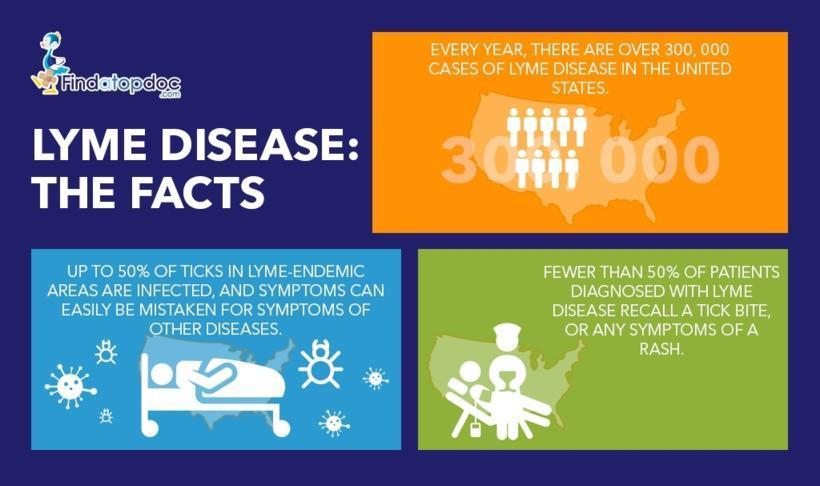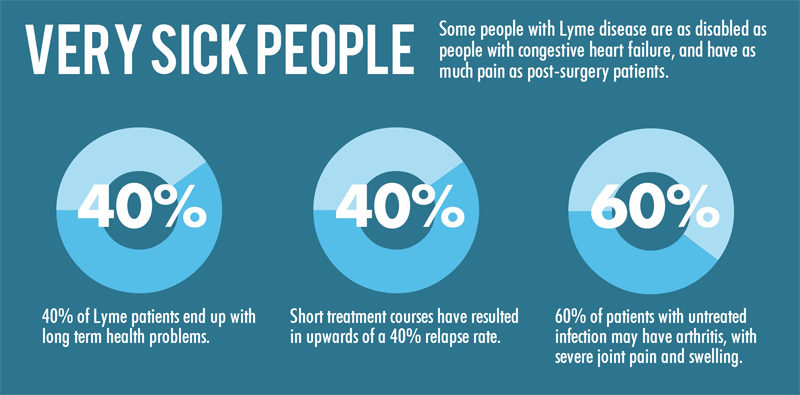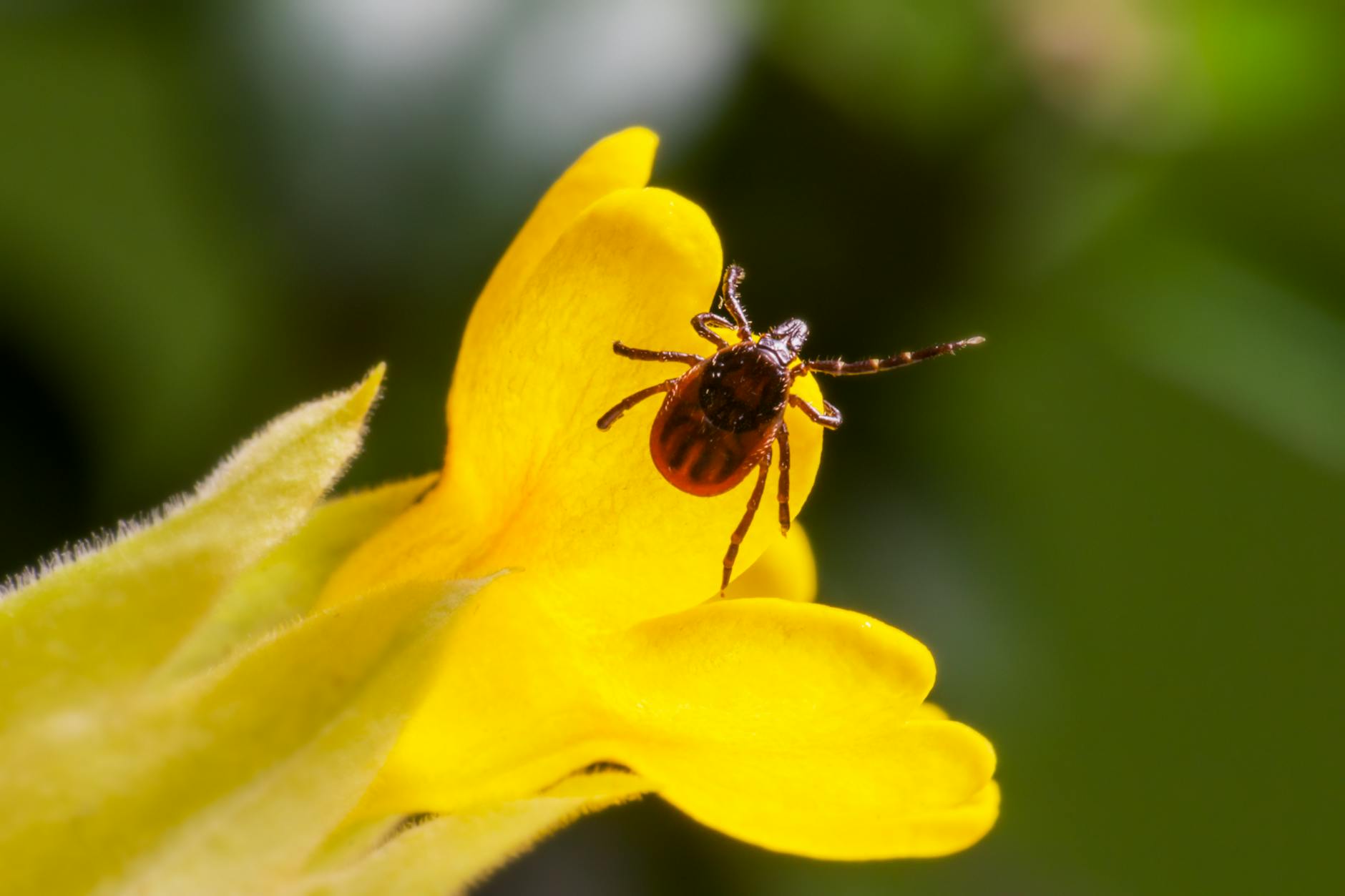Unraveling the mystery behind Lyme Disease: From deer ticks to symptoms, discover the surprising factors that lead to infection.
Table of Contents
- Introduction: What is Lyme Disease?
- How Do You Get Lyme Disease?
- Spotting a Tick Bite
- Other Symptoms of Lyme Disease
- Figuring Out If You Have Lyme Disease
- Treating Lyme Disease
- Preventing Lyme Disease
- Myths vs. Facts About Lyme Disease
- How Scientists are Fighting Lyme Disease
- Summary: Remembering the Important Points
- FAQs About Lyme Disease
Introduction: What is Lyme Disease?
Imagine you’re playing in the woods, exploring nature’s wonders when suddenly you notice a tiny bug biting you. That little bug might be carrying something called Lyme disease. But what exactly is Lyme disease?
Lyme disease is a sickness caused by a special type of bug bite. This bug is called a tick. Ticks are small creatures that hide in tall grass and bushes, just waiting to latch onto a passing person or animal. When a tick bites you, it can pass on the germs that cause Lyme disease.
So, in simple terms, Lyme disease is like a bug’s sickness that it gives to people and animals through its bite. But don’t worry, we’ll learn more about how to stay safe from these tiny bugs and protect ourselves from Lyme disease.
How Do You Get Lyme Disease?
Have you ever wondered where Lyme disease comes from? Well, let’s break it down into simple terms for you. Lyme disease is spread through a tiny bug called a tick. Ticks are like tiny spiders that live in the grass and bushes, waiting to latch onto animals or people for a meal.
The Tiny Bugs Behind Lyme Disease
Ticks are super small bugs that you might not even notice if they’re crawling on you. They like to hide in tall grass, so when you’re playing outside, it’s essential to check for ticks after coming back indoors. Ticks can give you Lyme disease if they bite you, which is why it’s crucial to be careful when exploring nature.
Spotting a Tick Bite
When you’re playing outside, sometimes tiny creatures called ticks can bite you. A tick bite can lead to something called Lyme disease. Let’s learn more about how to spot a tick bite and what it might look like.

Image courtesy of www.hnl.com via Google Images
Red Flags to Watch For
If you’ve been bitten by a tick, you might notice a small red spot on your skin. It could look like a tiny bump or a mosquito bite. Sometimes, the area might feel itchy or a little sore. Keep an eye out for any unusual red spots after spending time outdoors.
Other Symptoms of Lyme Disease
When you have Lyme disease, your body might start to feel really tired, almost like you didn’t get enough sleep. You might also notice a strange red rash that looks like a bullseye target on your skin. This rash is a big clue that something is not quite right and you should tell an adult right away.
By paying attention to how your body feels and looks, you can catch Lyme disease early and get the help you need to feel better soon. Remember, it’s important to tell a grown-up if you ever feel sick or see any strange changes in your body. Stay safe and take care of yourself!
Figuring Out If You Have Lyme Disease
So, you think you might have been bitten by a tick and are worried about Lyme disease. Let’s talk about how doctors figure out if someone has this disease.

Image courtesy of www.cdc.gov via Google Images
Visiting the Doctor
When you go to the doctor with concerns about Lyme disease, they will ask you questions about where you’ve been and if you’ve been around areas where ticks are common. They might also do a physical exam to check for any signs of a tick bite or a rash. If they suspect Lyme disease, they might order a blood test to look for specific antibodies that your body produces when fighting the infection.
The doctor will also consider your symptoms and how long ago you might have been exposed to a tick. It’s important to be honest and share all the information you can remember so the doctor can make the best decision about your health.
Treating Lyme Disease
When a doctor diagnoses you with Lyme disease, it may sound scary, but don’t worry! There are ways to treat it and help you feel better.
Getting Better!
One of the most common ways to treat Lyme disease is by taking antibiotics. These are special medicines that help your body fight off the bacteria that cause the disease. Your doctor will tell you how long you need to take the antibiotics to get better. Remember to always finish all the medicine, even if you start feeling better before you finish it.
| Cause | Description |
|---|---|
| Bacteria | The bacteria Borrelia burgdorferi is the main cause of Lyme disease. It is transmitted to humans through the bite of infected blacklegged ticks. |
| Tick Hosts | Blacklegged ticks acquire the bacteria by feeding on infected animals like deer and rodents. |
| Geographical Location | Lyme disease is more common in certain regions where infected ticks are prevalent, such as the Northeastern and Upper Midwest regions of the United States. |
| Lack of Tick Control | Failure to take preventive measures such as using insect repellent or wearing protective clothing can increase the risk of tick bites and Lyme disease transmission. |
Aside from antibiotics, your doctor might suggest other ways to help ease your symptoms. This could include getting plenty of rest, drinking lots of water, and eating healthy foods. It’s important to take care of yourself while you’re recovering from Lyme disease.
Preventing Lyme Disease
When it comes to Lyme disease, prevention is key! There are easy steps you can take to keep yourself safe and avoid getting bitten by ticks. Remember, ticks are the tiny bugs that can make you sick with Lyme disease, so it’s important to be cautious.

Image courtesy of www.findatopdoc.com via Google Images
Staying Safe Outdoors
One of the best ways to prevent Lyme disease is to be careful when playing outside. If you’re going to be in grassy or wooded areas where ticks like to hang out, make sure to wear long sleeves and pants to cover your skin. Ticks can’t bite you if they can’t reach your skin!
Additionally, using bug spray with an adult’s help can repel ticks and keep them away. Always remember to check your clothes and skin for any ticks after playing outside, especially in areas like behind your ears, in your hair, and under your arms.
By being mindful of these simple precautions, you can greatly reduce your risk of getting Lyme disease and stay healthy while still enjoying the great outdoors!
Myths vs. Facts About Lyme Disease
Let’s play a quick game of true or false to unravel the truths about Lyme disease!
True or False: Lyme disease only affects adults.
False! Lyme disease can affect anyone, including kids like you. It’s important to be cautious outdoors to prevent tick bites.
True or False: You can only get Lyme disease from a deer tick.
True! Deer ticks are the ones that carry the bacteria causing Lyme disease. Remember, not all ticks can make you sick, but it’s best to avoid all kinds!
True or False: You can’t play outside if there are ticks around.
False! You can still play outdoors safely. Just be sure to wear long sleeves, use bug spray, and check for ticks after coming back inside.
True or False: Lyme disease is very common.
True! Lyme disease is one of the most common tick-borne diseases in the United States. That’s why it’s essential to know how to protect yourself.
How Scientists are Fighting Lyme Disease
Scientists play a crucial role in understanding and combating Lyme disease. They work tirelessly to find better ways to detect, treat, and prevent this illness. Let’s take a closer look at how scientists are fighting Lyme disease.

Image courtesy of danielcameronmd.com via Google Images
One way scientists are fighting Lyme disease is by studying the ticks that carry the bacteria. By understanding the behavior and habitats of these tiny bugs, researchers can develop strategies to control their population and reduce the risk of tick bites.
Another important aspect of scientific research on Lyme disease is the development of more effective diagnostic tests. Scientists are working on creating faster and more accurate ways to detect the bacteria in the body, helping doctors diagnose the illness earlier and start treatment sooner.
Furthermore, scientists are constantly studying new treatments for Lyme disease. They are exploring different medications and therapies to improve patient outcomes and shorten the duration of the illness. Through clinical trials and experiments, researchers are finding innovative ways to combat Lyme disease.
Additionally, scientists are focusing on prevention strategies to stop Lyme disease before it even starts. They are working on developing new methods to repel ticks and protect people from getting bitten. By studying the behavior of ticks and their interaction with humans, scientists are aiming to create effective preventive measures.
In conclusion, scientists are at the forefront of the battle against Lyme disease. Through their dedication and hard work, they are making progress in understanding this illness and finding ways to control it. Their efforts give hope to those affected by Lyme disease and pave the way for a healthier, safer future.
Summary: Remembering the Important Points
In this blog post, we talked about lyme disease, a condition that comes from a tick bite. We discussed how to recognize the symptoms, ways to prevent it, what treatment involves, and how it’s diagnosed.
We learned that ticks are tiny bugs that can live in grassy and wooded areas, and when they bite, they can transmit the bacteria that causes Lyme disease. It’s essential to be able to spot a tick bite early to prevent any complications.
Common symptoms of Lyme disease include tiredness, fever, and a characteristic bullseye rash. If you suspect you have been bitten by a tick and are experiencing these symptoms, it’s crucial to visit a doctor who may carry out tests to confirm the diagnosis.
For treatment, doctors typically prescribe antibiotics, which can help clear up the infection and make you feel better. It’s essential to complete the entire course of antibiotics as prescribed to ensure full recovery.
To prevent Lyme disease, remember to wear long sleeves and pants when playing outside, use bug repellent, and check your body for ticks after spending time in wooded or grassy areas. These simple steps can help keep you safe from tick bites.
FAQs About Lyme Disease
Can I still play outside?
Yes, you can still play outside! Just make sure to take some precautions. Wear long sleeves and pants when going into areas where there might be ticks, like in the woods. Don’t forget to use bug spray too! After playing outside, make sure to do a tick check to make sure none are hitching a ride on you.
Can Lyme Disease be cured?
Yes, Lyme Disease can be cured if it’s caught early and treated with antibiotics. Most people feel better after taking medicine prescribed by their doctor. Remember, if you think you might have Lyme disease or find a tick on you, tell an adult right away.
What if I find a tick on me?
If you find a tick on you, don’t panic! Ask an adult to help you remove it. Use fine-tipped tweezers to grab the tick close to your skin and pull straight out. Make sure to clean the area with soap and water. Remember, not all ticks carry Lyme disease, so if you find one, tell an adult, but don’t worry too much.





